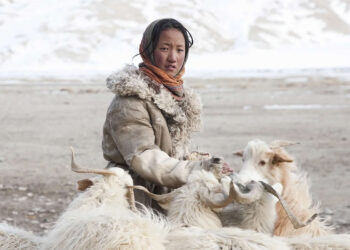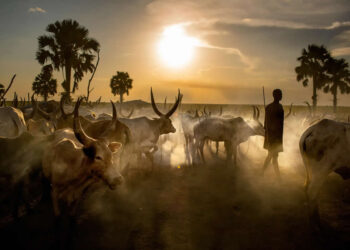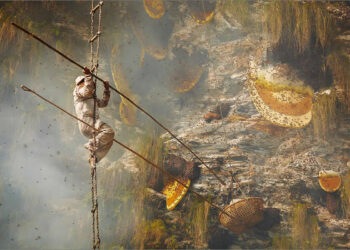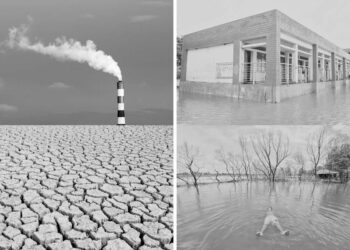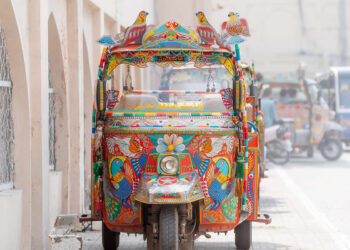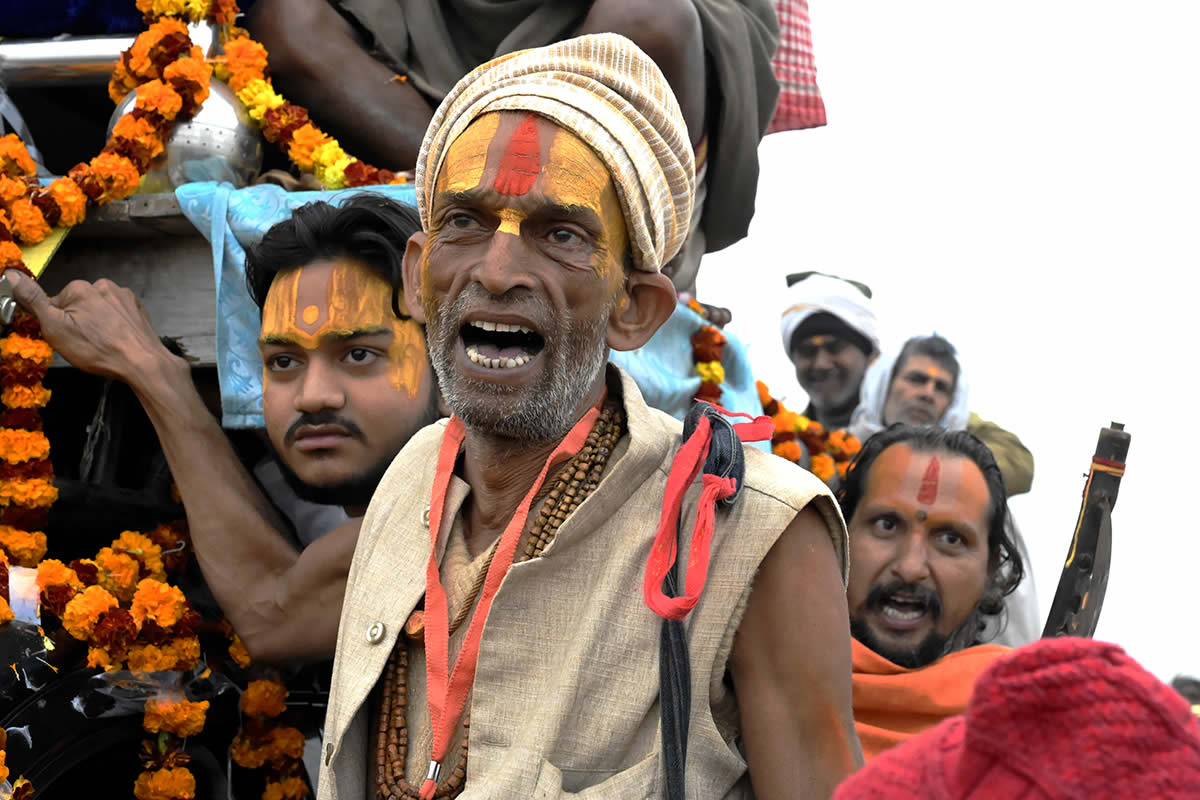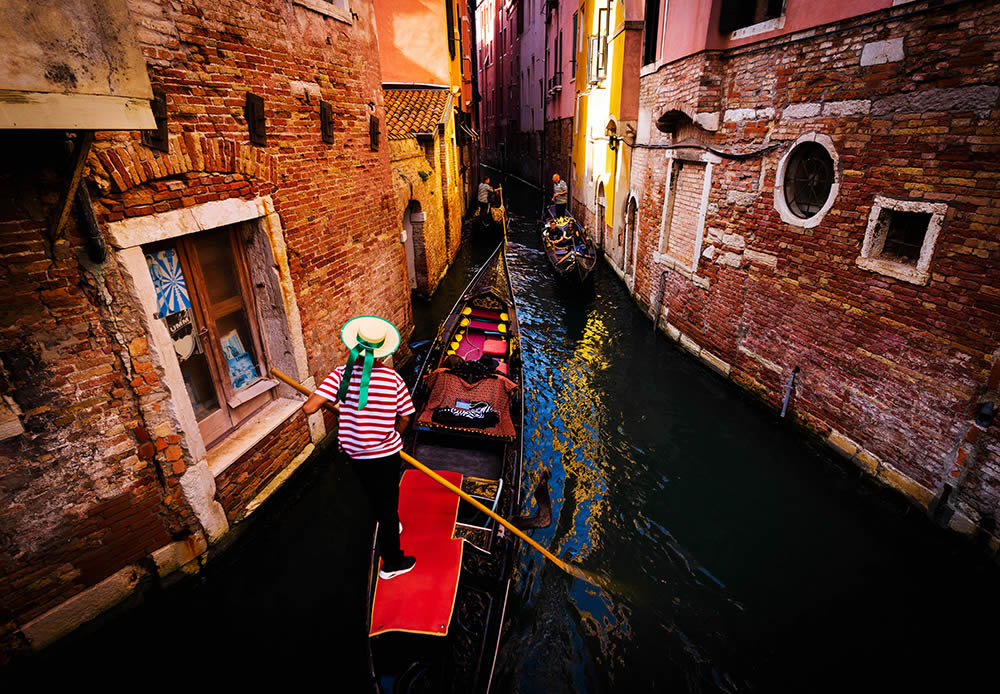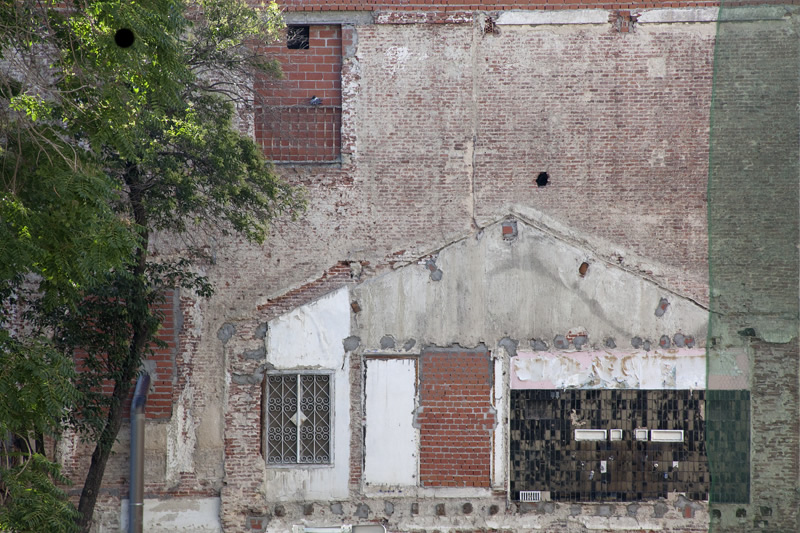The nomadic Rautes are the last hunters and gatherers of the Himalayas. The Rautes, who call themselves Kings of Forests, subsist on langur and macaque monkeys, wild yams, rice and a few kinds of vegetables traded from local farmers. Their main occupation is to trade and exchange of wooden items in nearby villages and bazaars. They migrate from river valleys up to middle hills in the Western parts of Nepal living in temporary camps hidden away from the villages in remote parts of the forests.
Thenomadic Rautesbelong to nowhere and everywhere, and they have their own language, culture and beliefs. The Rautes believe in the sun god Berh that represents eternity. The Rauteshas managed to avoid forcible assimilation and have not settled in villages and adopted Hindu beliefs and practices. Rather they continue their traditional life travelling through the forests of Western Nepal.
The Rautes continue to maintain a certain degree of secrecy and avoidance towards assimilation in order to keep their identity and to survive as a distinct community. Today, the nomadic Rautes totalaround 156 people.
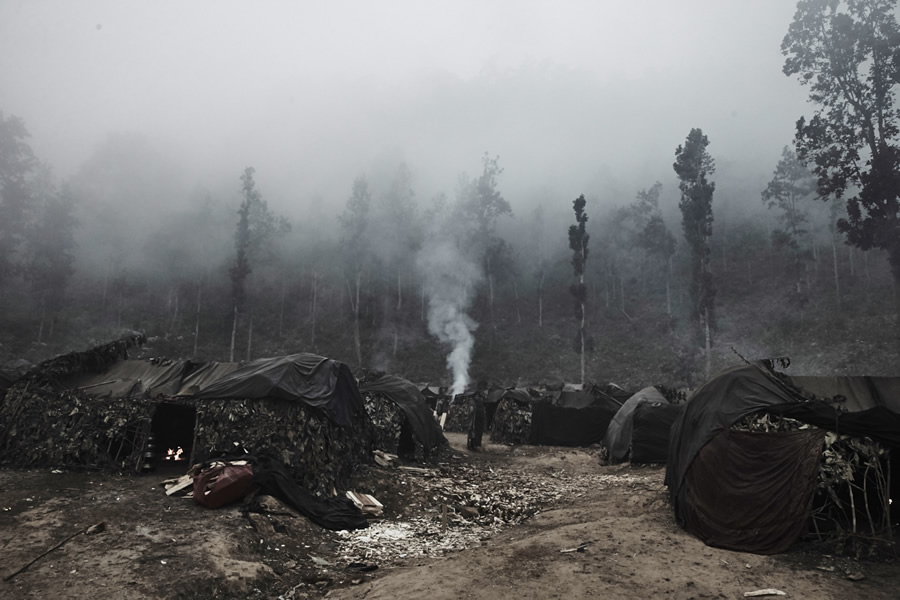
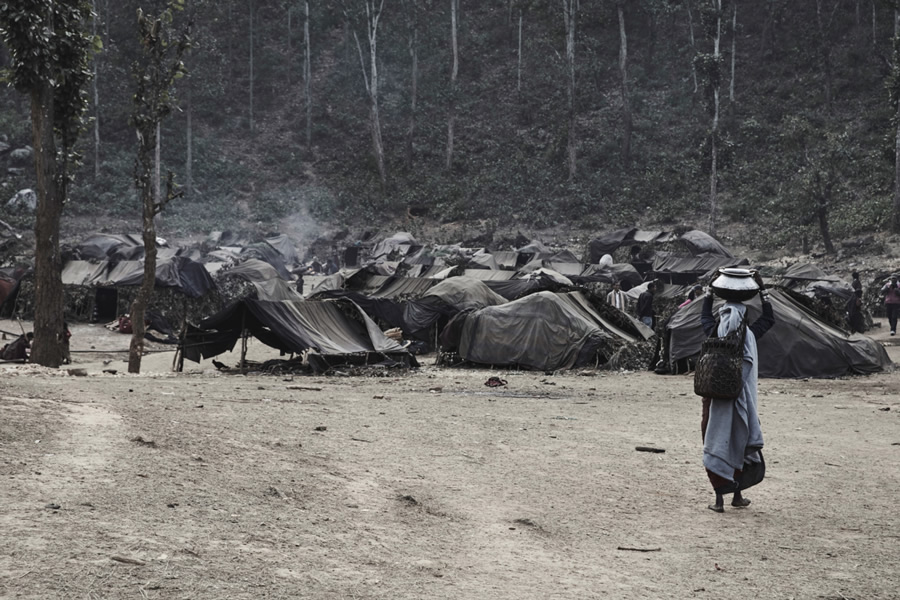
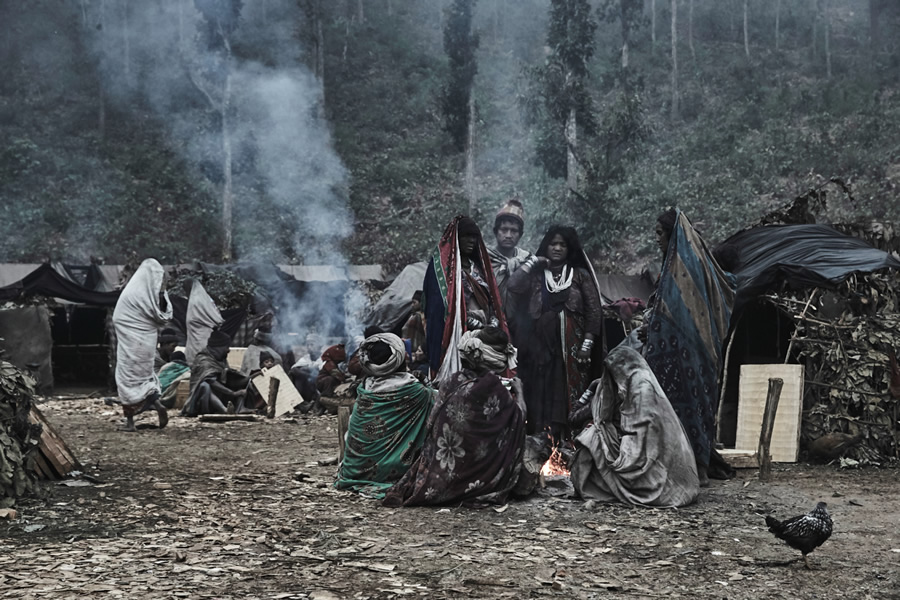
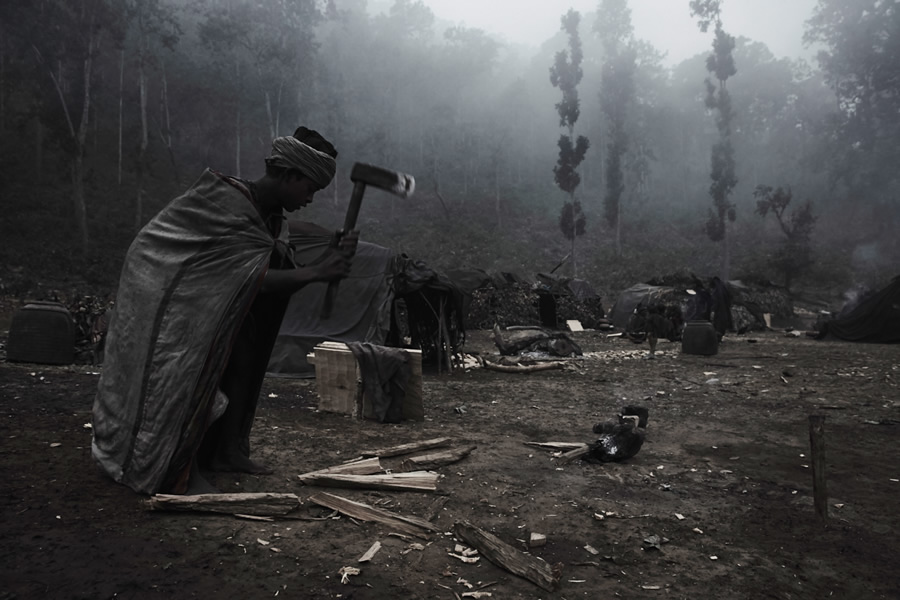
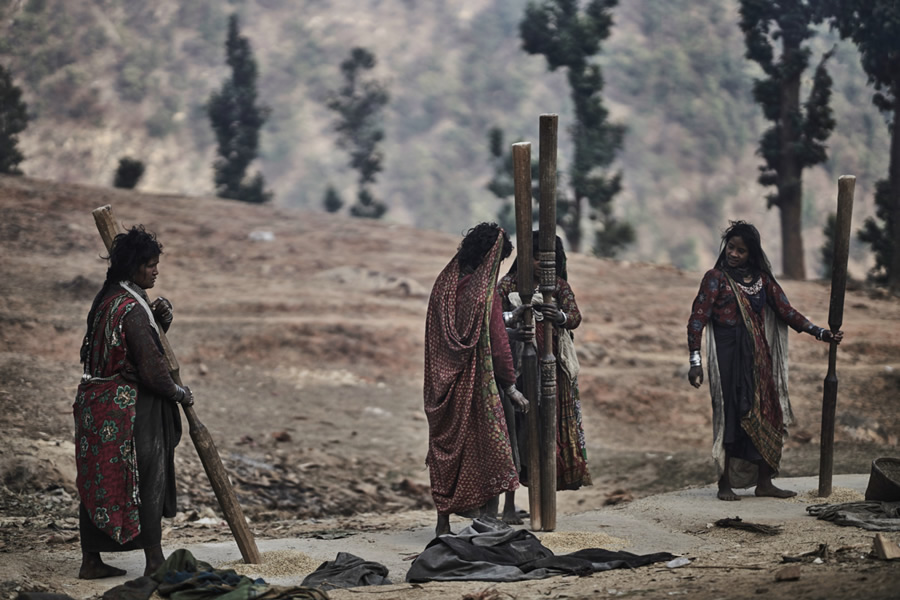
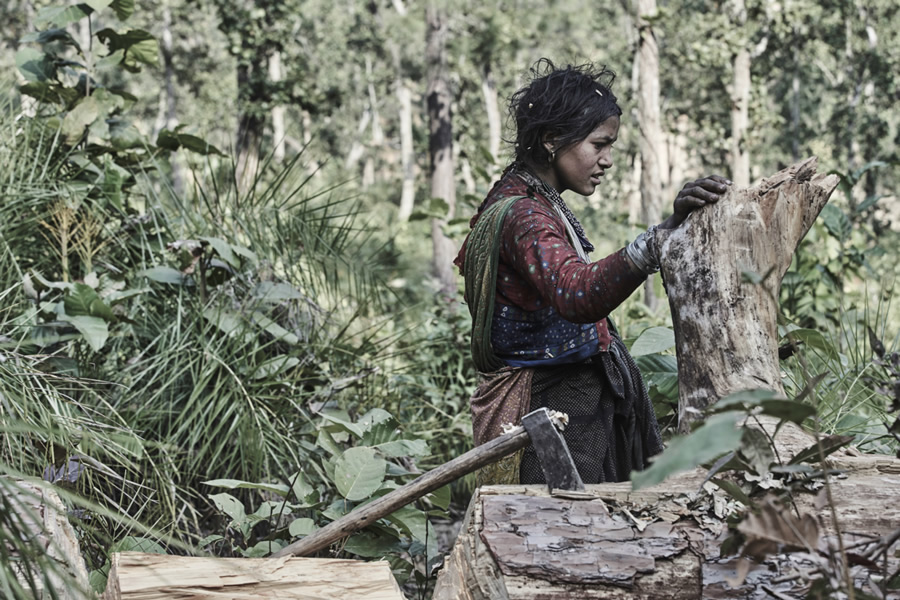
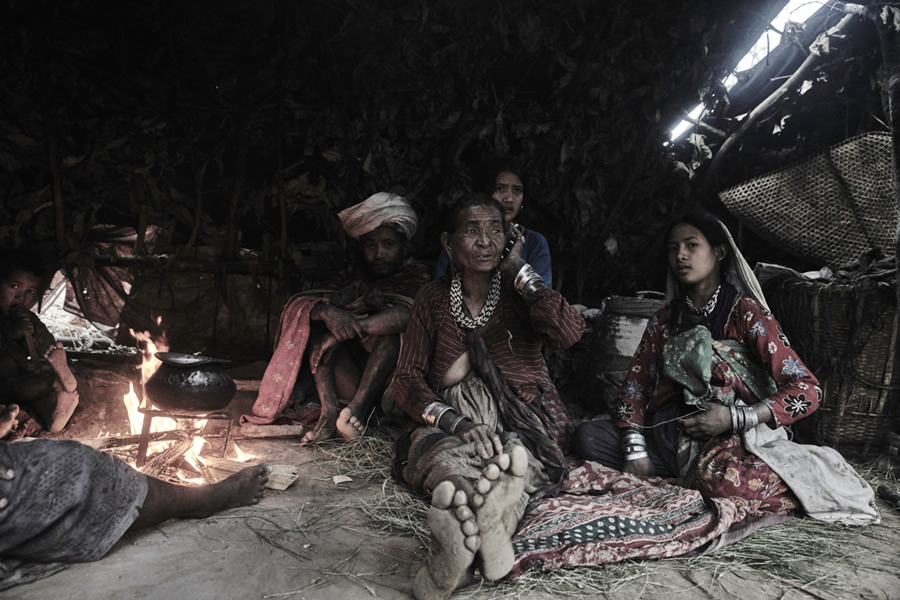
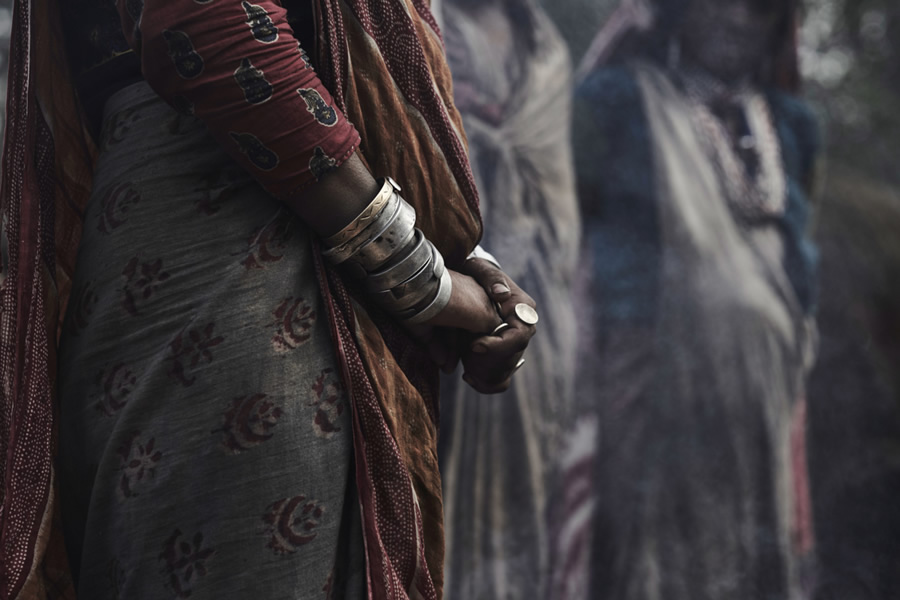
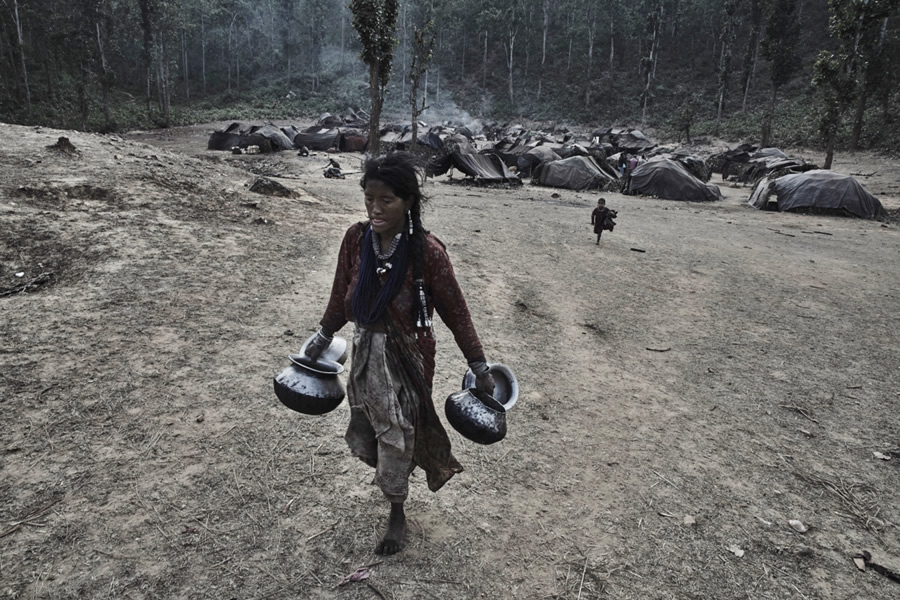
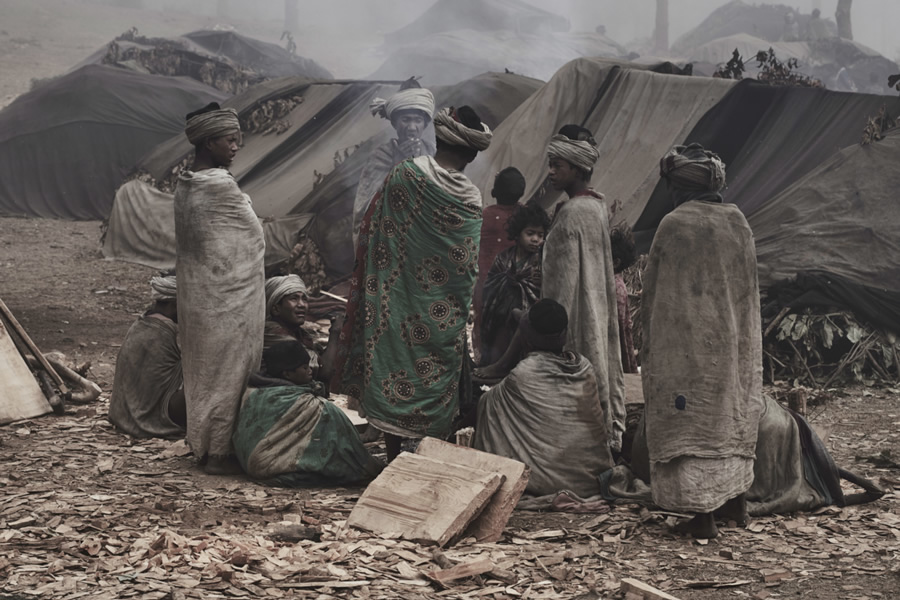
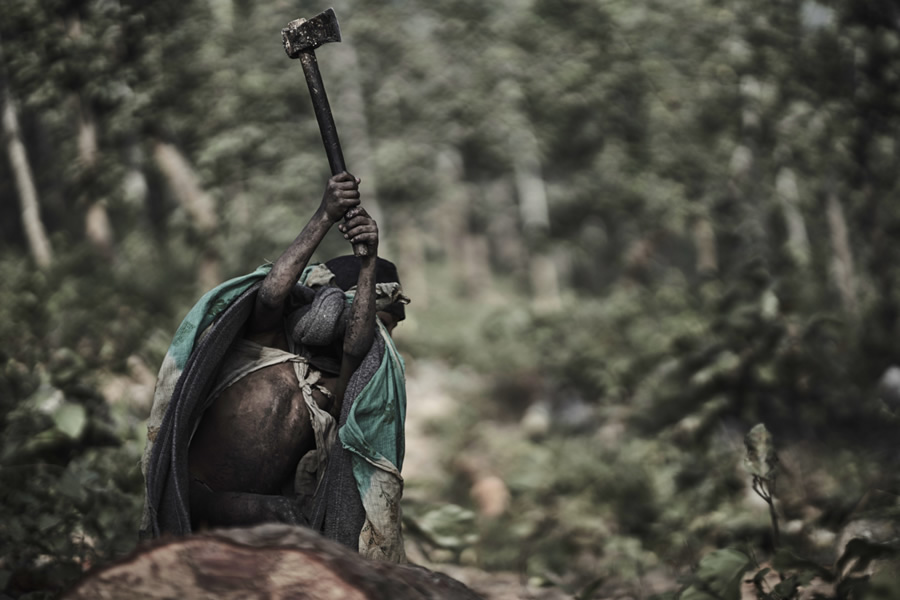
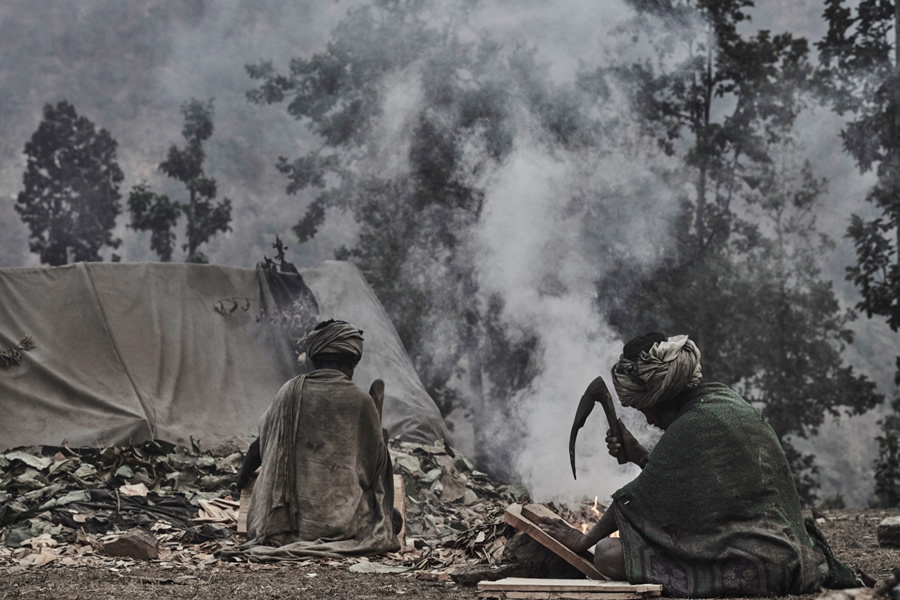
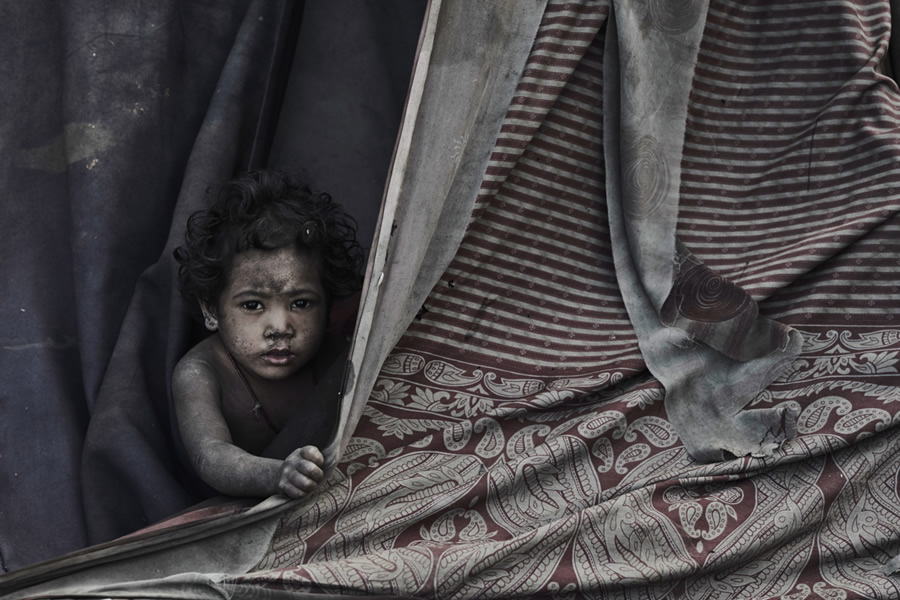
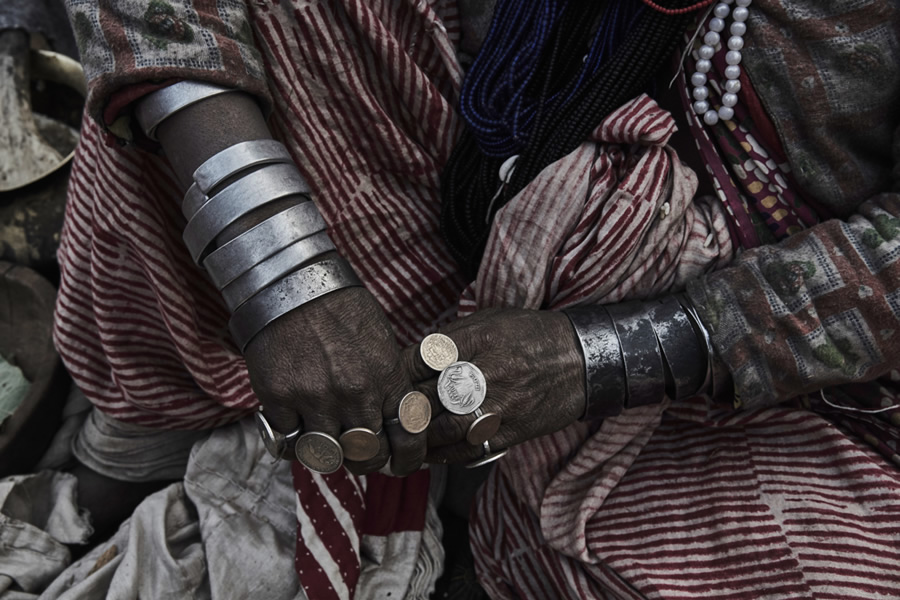

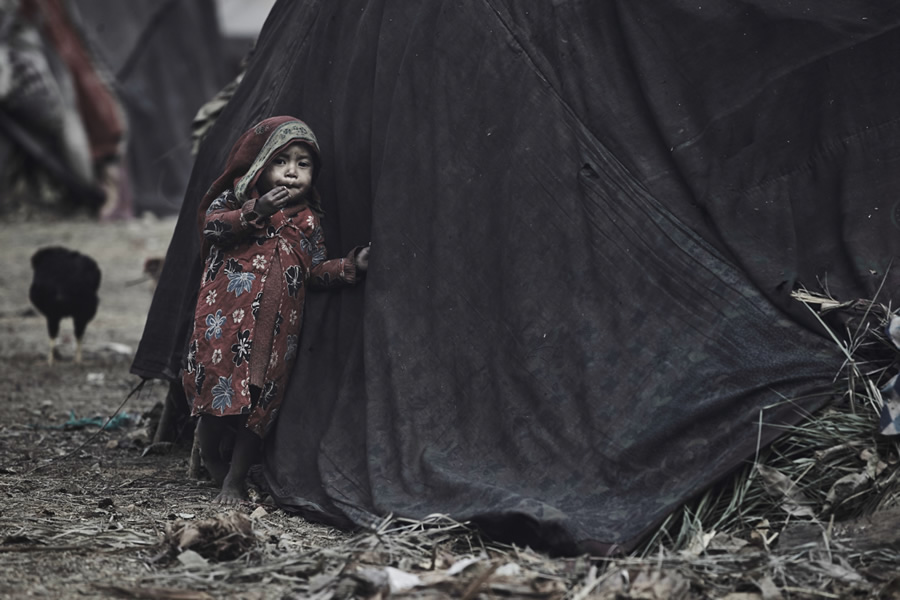
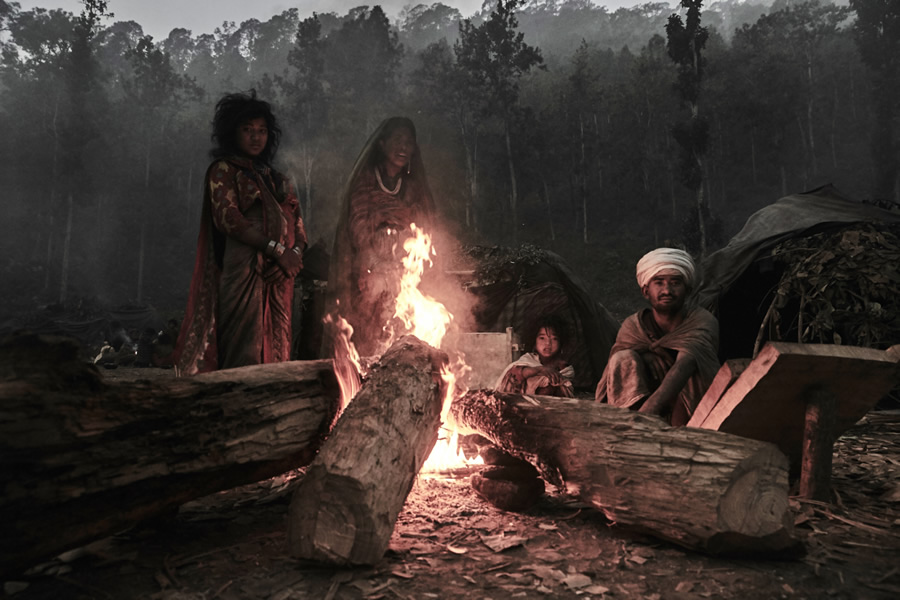
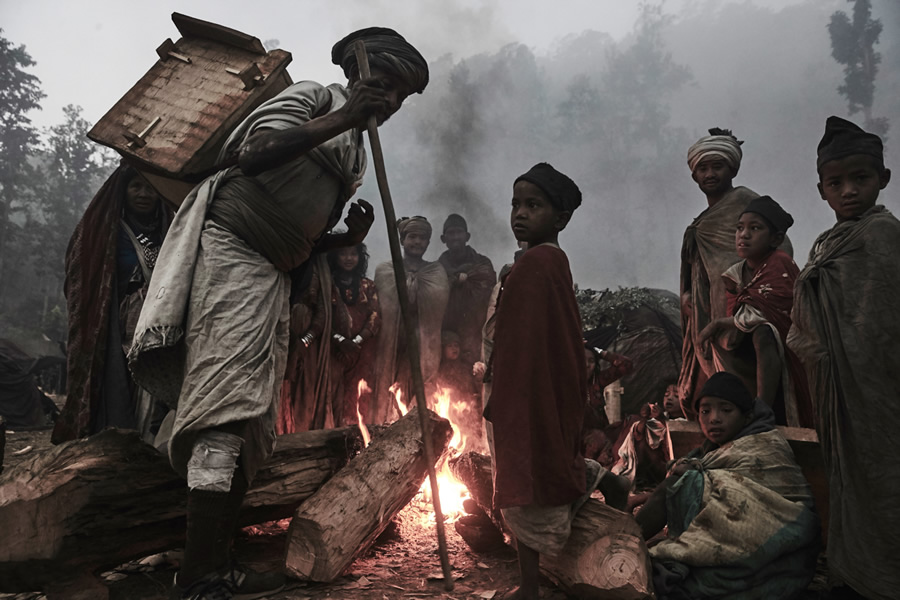
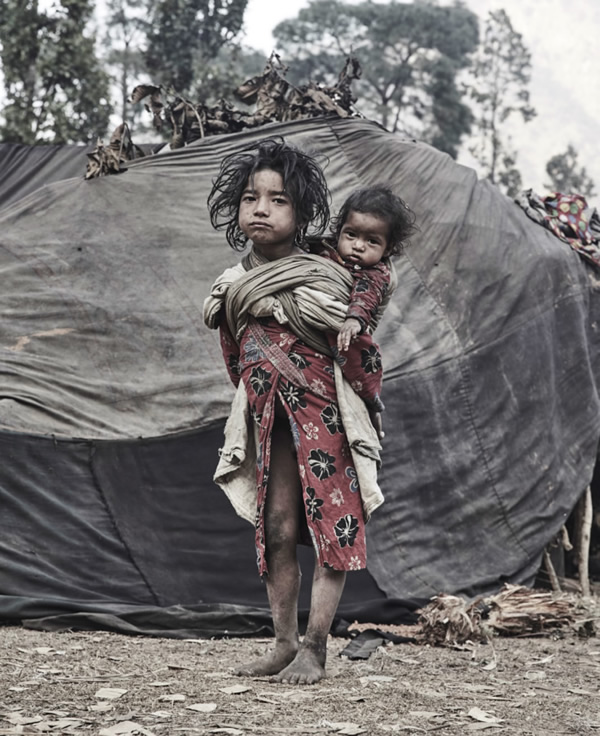

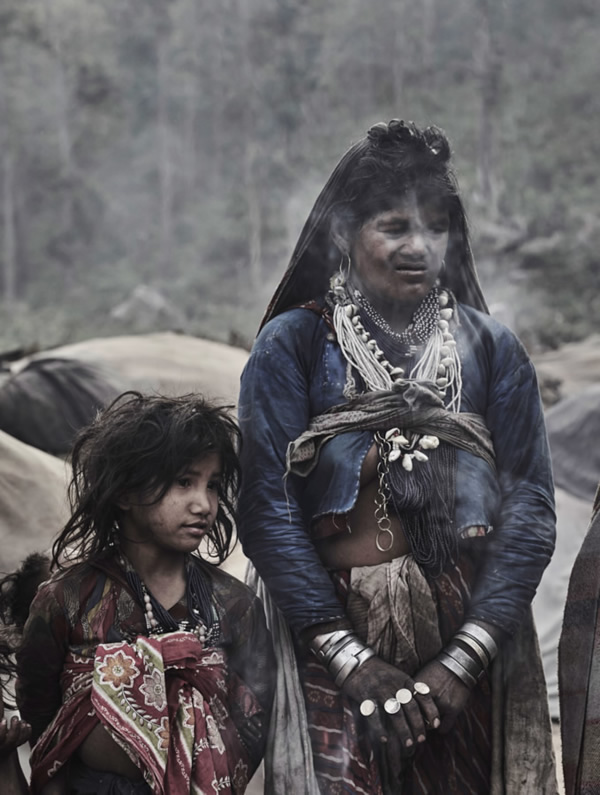
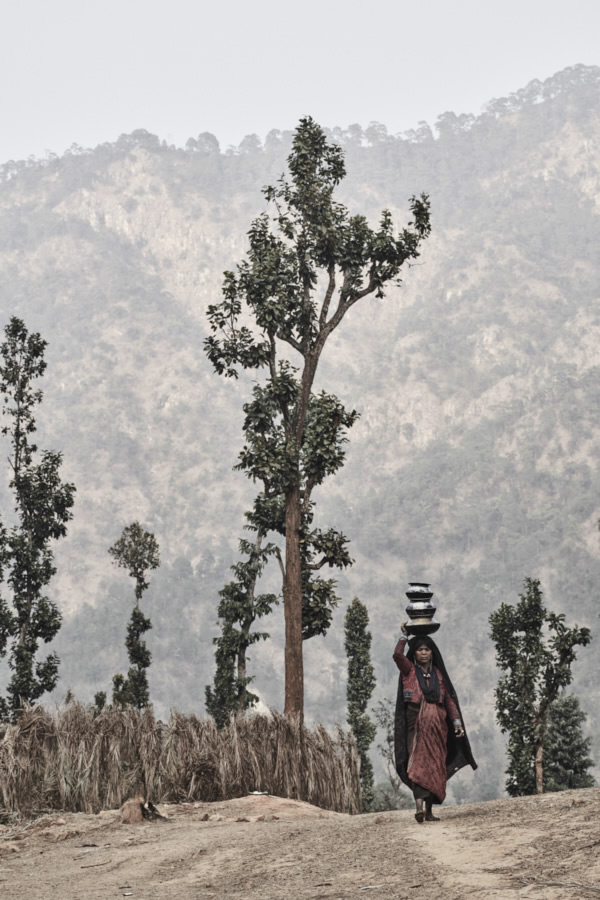


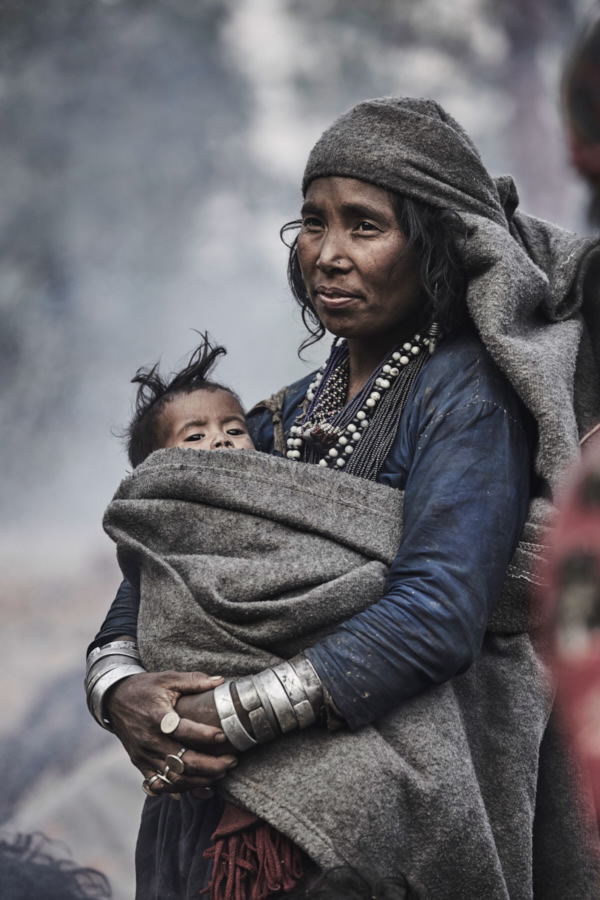
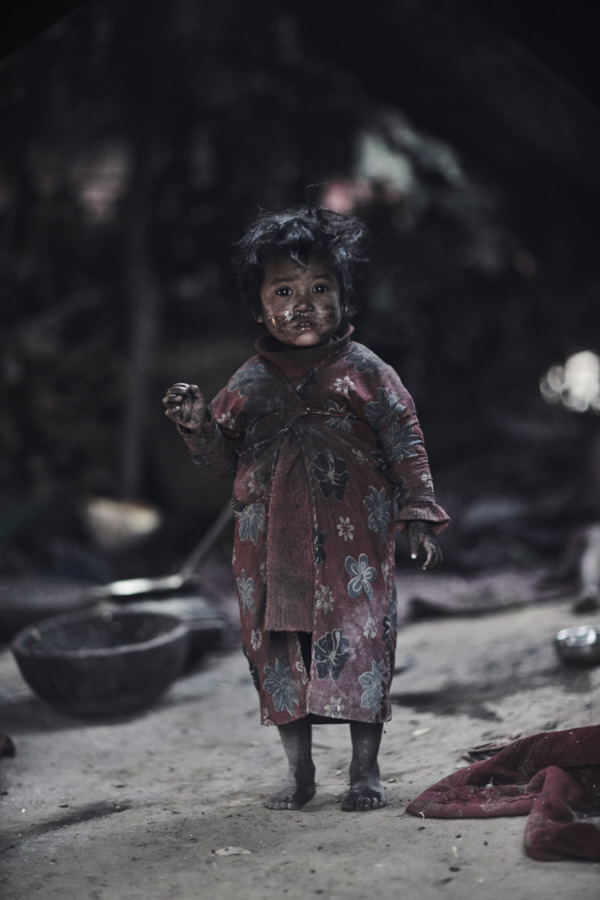
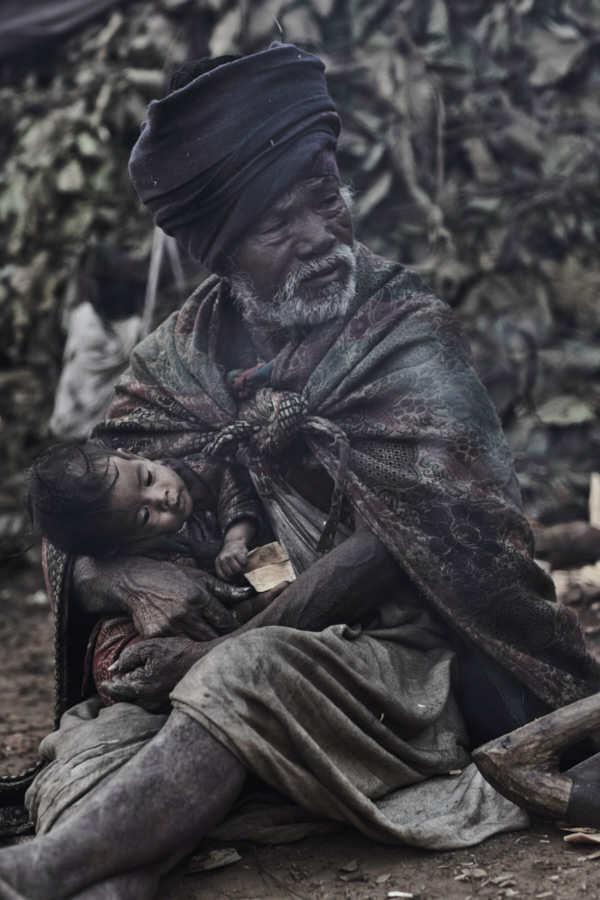
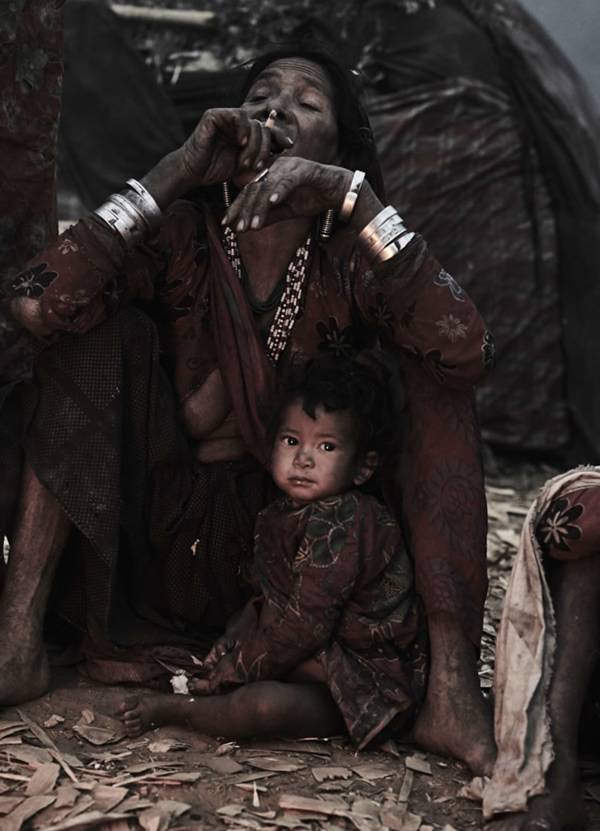
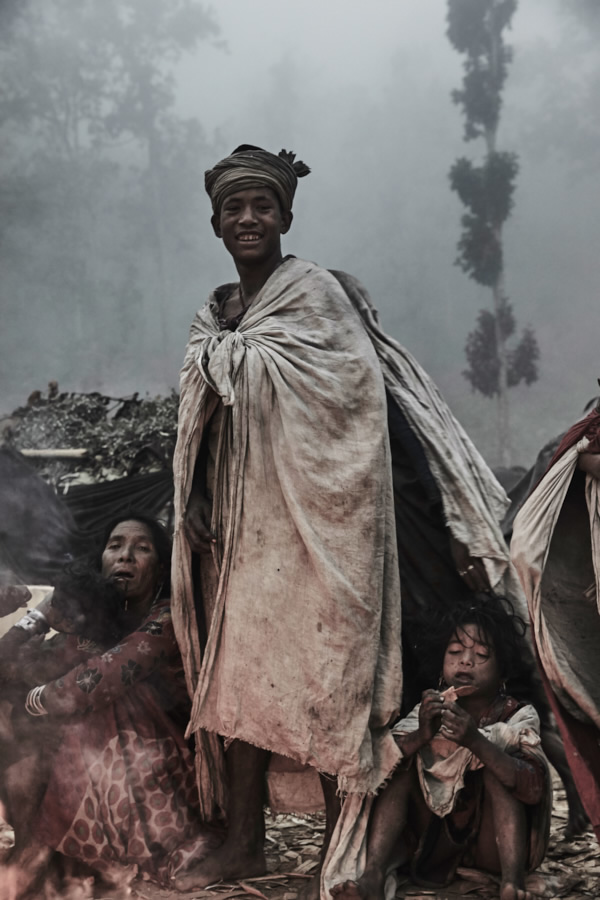
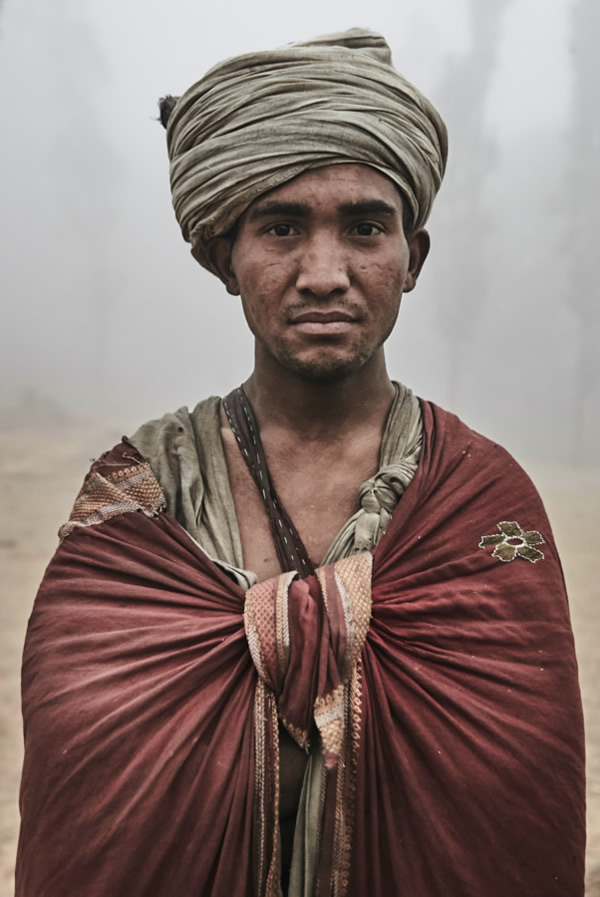
About Jan Møller Hansen
Jan Møller Hansen is a self-taught and international award-winning photographer, who works with visual story telling and social documentary. In 2015, he published the book “Images of Nepal,” Jagadamba Press Kathmandu, and was recognized as IPA People Photographer of Year 2015.
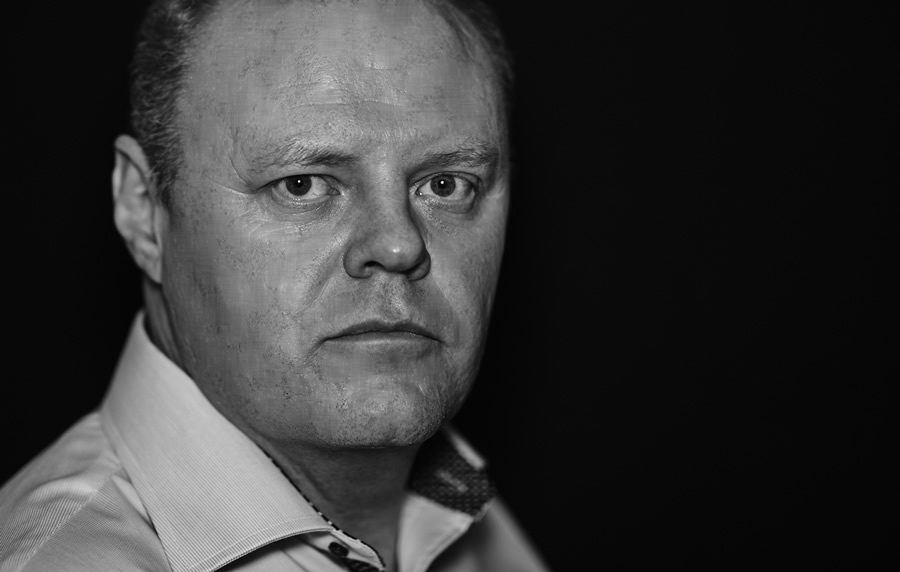
You can find Jan Møller Hansen on the Web :
Copyrights:
All the pictures in this post are copyrighted Jan Møller Hansen. Their reproduction, even in part, is forbidden without the explicit approval of the rightful owners.


